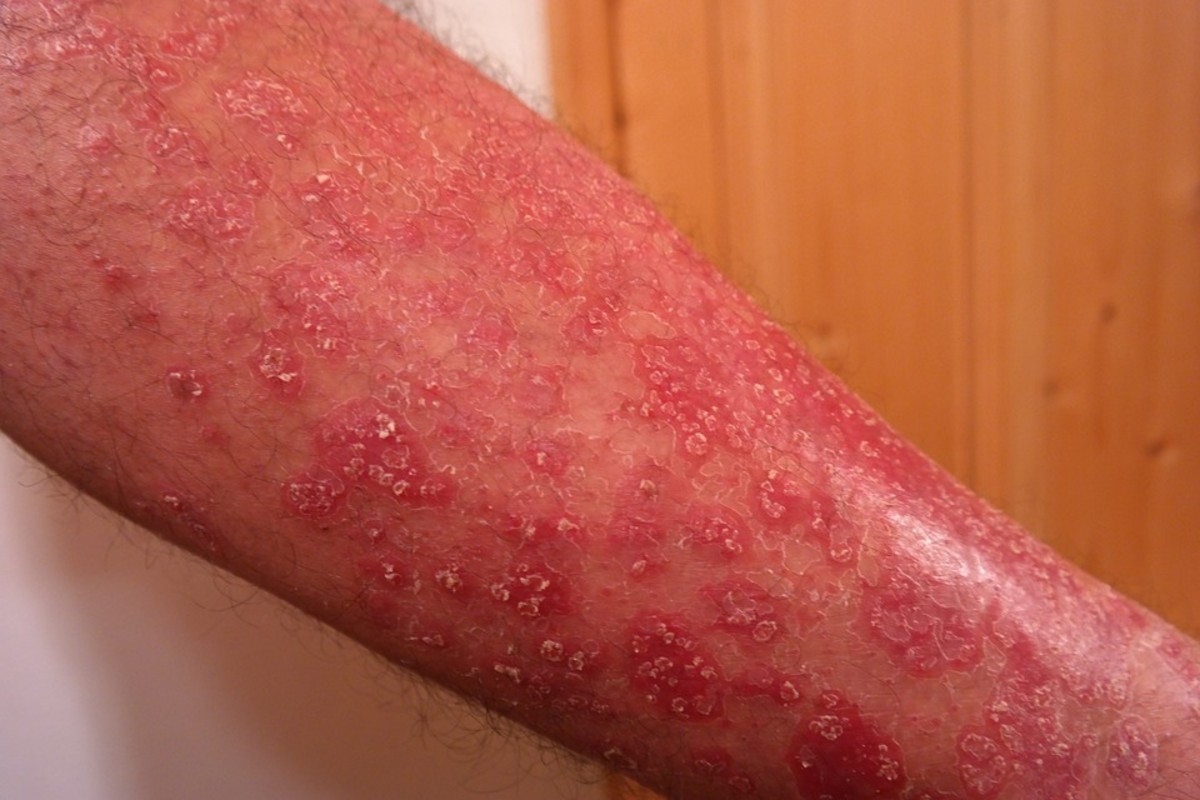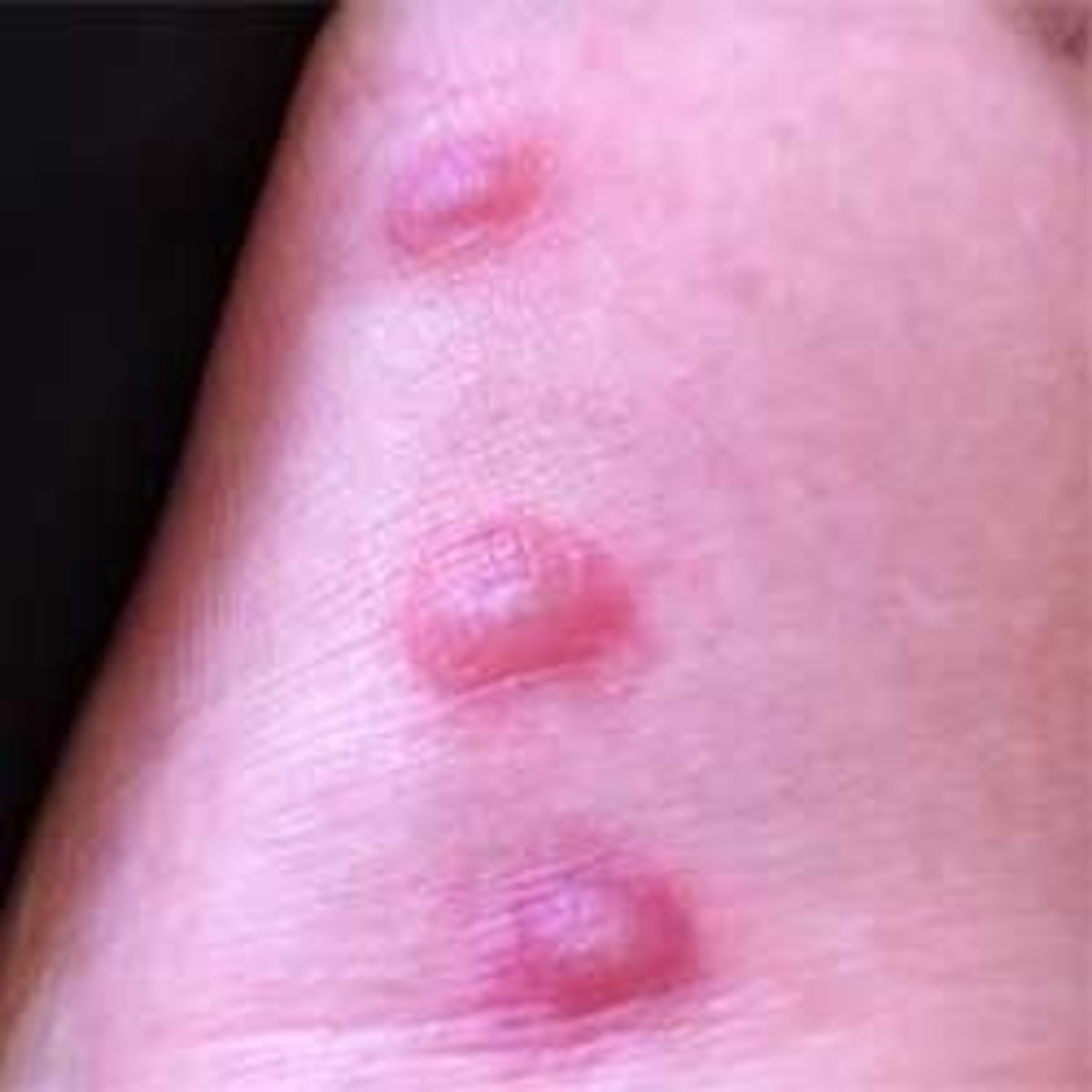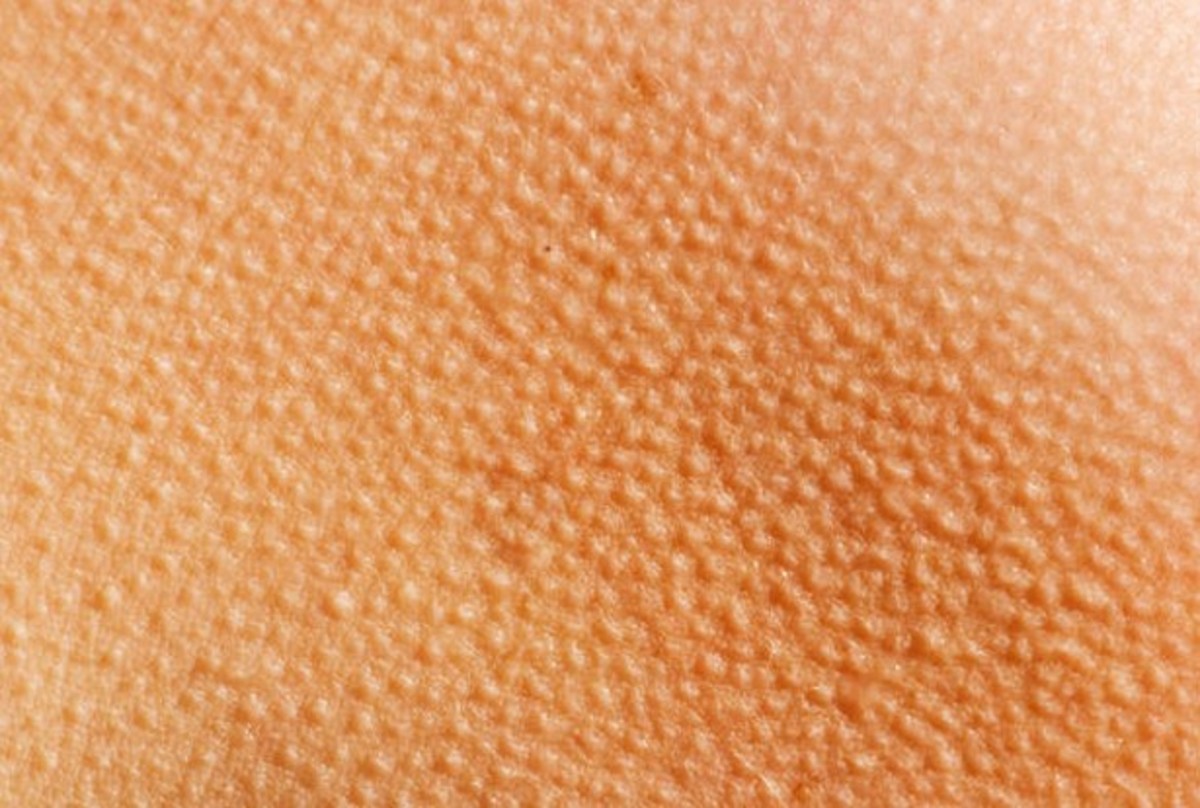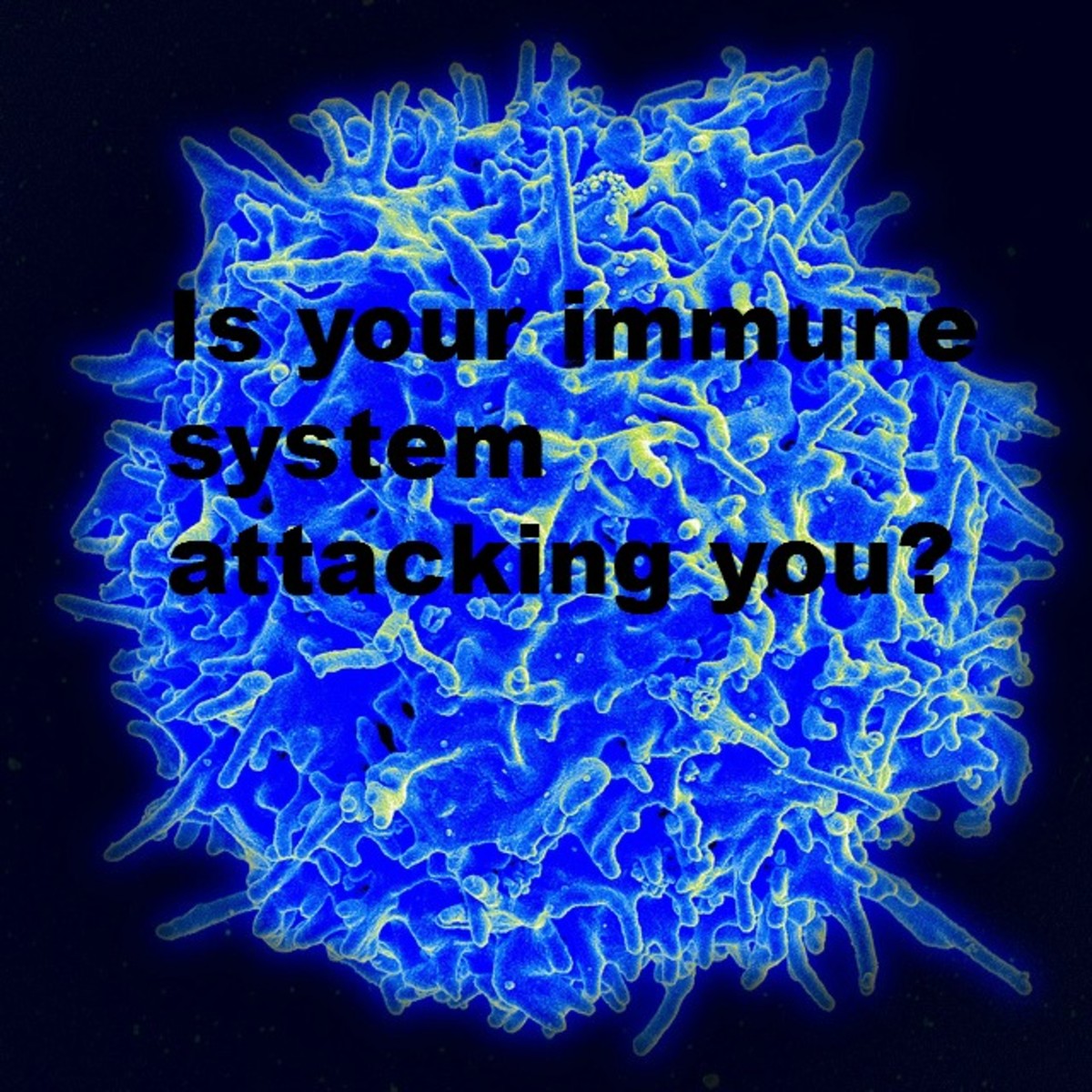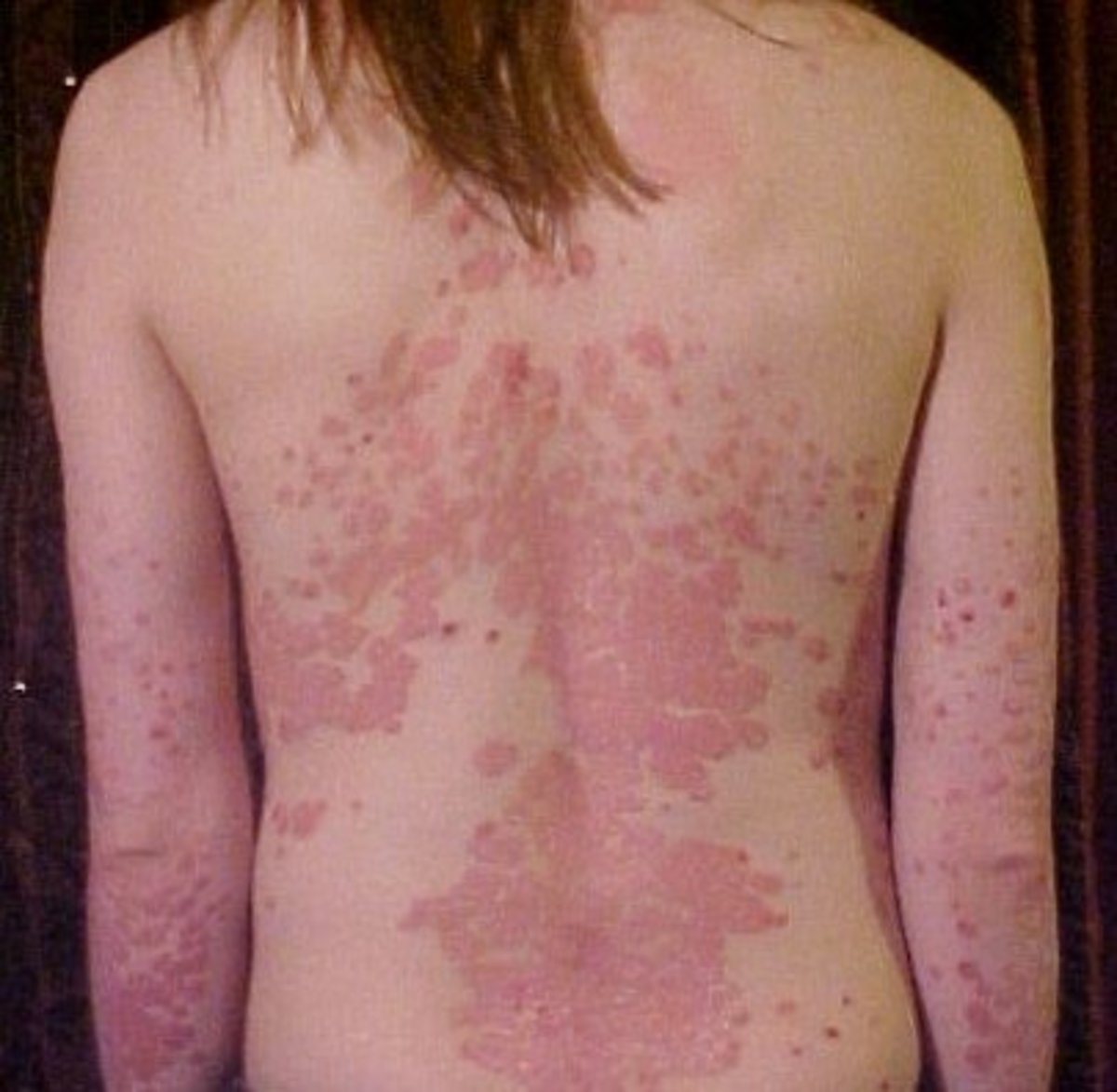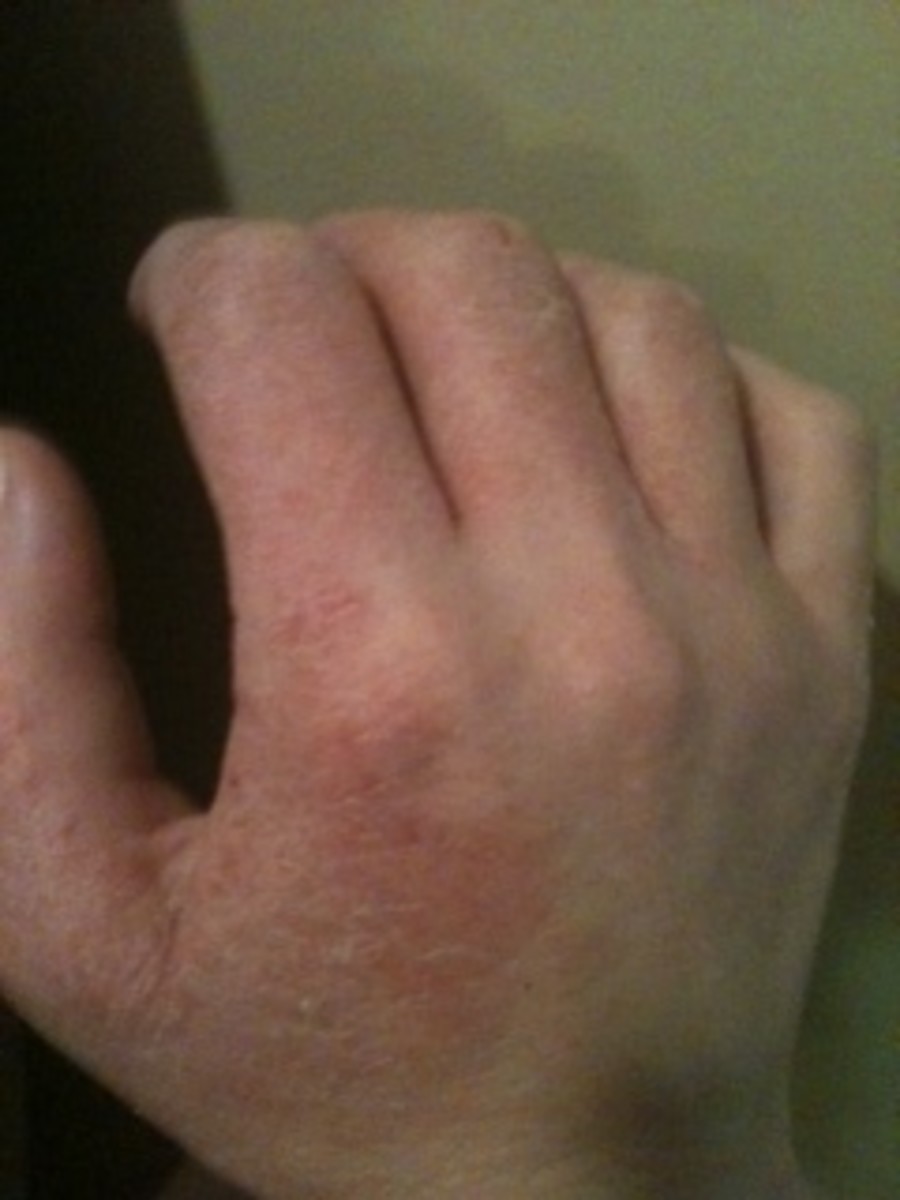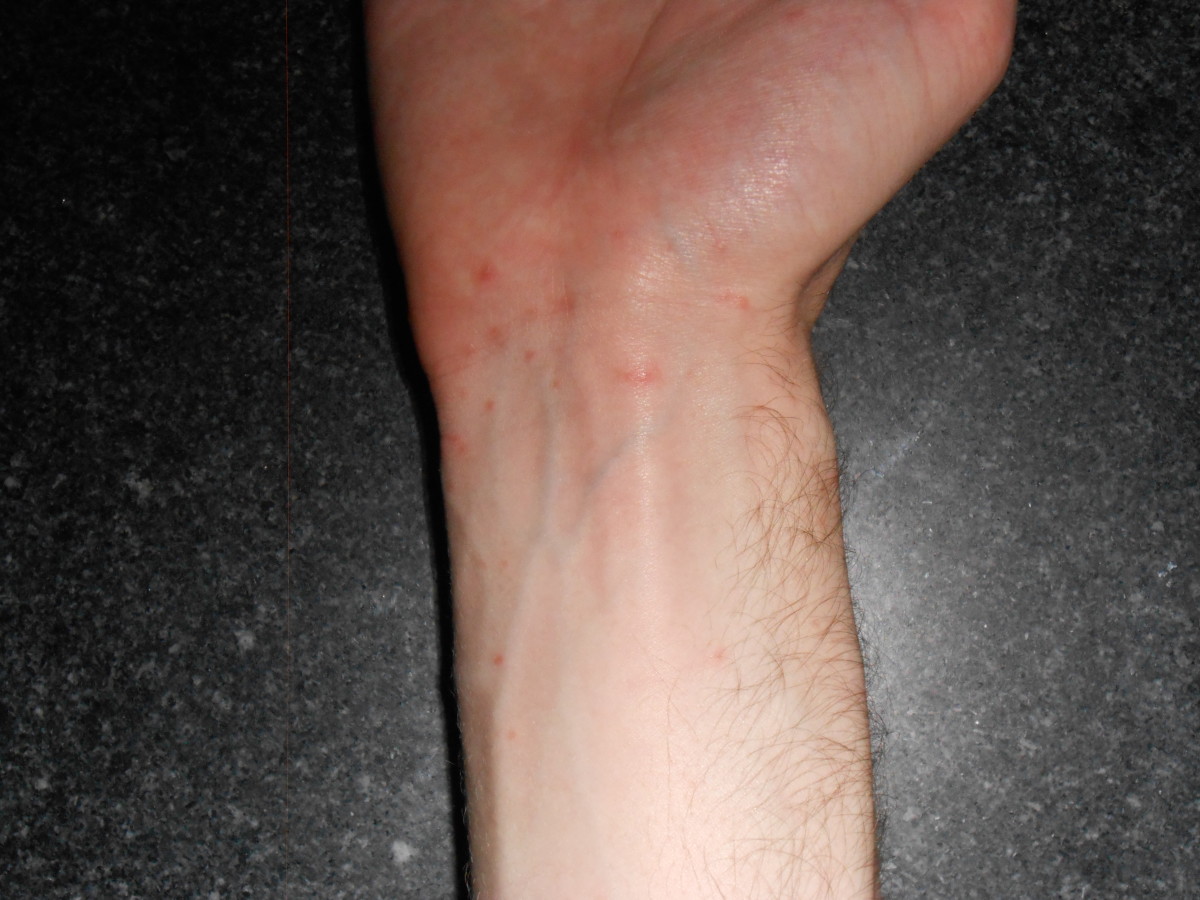Bullous Pemphigoid – Pictures, Treatment, Symptoms, Causes
Bullous pemphigoid is classified as an autoimmune disease that targets the skin resulting in blisters or eruptions on the skin’s surface. This condition is basically a skin disease as it most commonly affects the skin; however cases in which the genitals, mouth and eyes are involved have been observed as well. The body produces antibodies that falsely target the structures that join the epidermis, the surface of the skin, and dermis, the layer underneath. This results in the layers separating from each other forming blisters.
Bullous pemphigoid develops in the latter stage of life and may arise for no discernable cause. But there are instances wherein the condition is attributed to certain drugs. The condition typically lasts for one to five years with treatment using steroidal medications or creams. Even so, longer treatment is required if the problem proves to be persistent.
Cause of Bullous Pemphigoid
This condition, characterized by the blistering of the skin, is an autoimmune disorder. Normally, the immune system produces proteins called antibodies to fight harmful substances that enter the body, hence preventing infection or health problems. But with autoimmune diseases such as this, the antibodies attack the skin tissues resulting in the accumulation of fluid between the dermis and the epidermis. There is no clear cause why the antibodies act in such a way. Certain drugs and medical conditions are suspected to serve as trigger but not the direct cause.
Some of the factors that could set off Bullous Pemphigoid are the following:
- Non-steroidal anti-inflammatory drugs or NSAIDs
- Certain antibiotics
- Furosemide
- Penicillamine
- Multiple scelrosis
- Ulcerative colitis
- Radiotherapy
- UV radiation
Since this condition usually develops later in life, between 50 and 70 years of age, there is a theory being considered that this problem is triggered by old age in individuals who have the genetic predisposition to develop the condition.
Appearance and Symptoms of Bullous Pemphigoid
In the early stage of the disease, the affected individual will develop rashes that resemble hives. These pink patches will burn, be quite itchy and may appear throughout the body. After a few weeks, blisters will form, typically on top of the patches of red skin. In some instances, it could take months before the blistering starts.
The parts of the body most frequently affected are the abdomen and the folds of the skin. But in really severe cases, the whole body can be covered with blisters. Fluid within the blister can be either clear, mixed with blood or murky. These blisters will not immediately burst as the skin covering them is thick. As the condition progresses, some of the blisters will rupture releasing the fluid while others will remain intact until they subside. As the blisters heal, they will not leave any scars.
There are cases in which the mouth’s inner lining is also affected. The patient will experience a burning and painful sensation in the mouth due to ulcers. As a result, he or she will suffer from difficulty eating and sensitivity to sour food. Coughing and bleeding of the nose could also be manifested if the condition reaches the throat and nose, respectively.
Diagnosis of Bullous Pemphigoid
The appearance of this skin disease is similar to other ailments, which is why diagnosing it through physical examination alone is not easy especially in its early stages. To confirm the disease, a biopsy of a tissue sample taken from the affected skin will be performed. Urine test and blood test can also aid in the diagnosis as this could identify the antibody for bullous pemphigoid.
Treatment of Bullous Pemphigoid
There are various methods that can be employed to treat the condition, but it cannot be cured. The objective of the treatment is to minimize the symptoms and make the patient comfortable. However, care should be taken to not overdo the treatment else it would lead to severe side effects.
Treating bullous pemphigoid involves the following:
- Topical steroids – Also known as steroidal creams, these are applied to the affected areas when the condition is not severe. Recent studies, however, revealed that strong topical steroids are more effective and safer even for severe cases than steroids taken orally.
- Oral steroids – Steroid tablets are only prescribed for severe cases because the chance of developing side effects is high. Even then, the lowest effective dose sufficient to control the inflammation and suppress the immune system should be used to minimize the dangerous side effects.
- Immunosuppressants – Drugs such as methotrexate and azathioprine help control the immune system from producing antibodies that attack the skin.
With proper treatment, bullous pemphigoid resolves within 1 to 5 years. Still, care must be observed when there are skin lesions as these could become infected. Since the condition primarily affects the elderly, any infection could complicate and turn grave. Moreover, the long term use of high-potency steroids can lead to side effects that could prove dangerous to patients.
Bullous Pemphigoid Pictures




